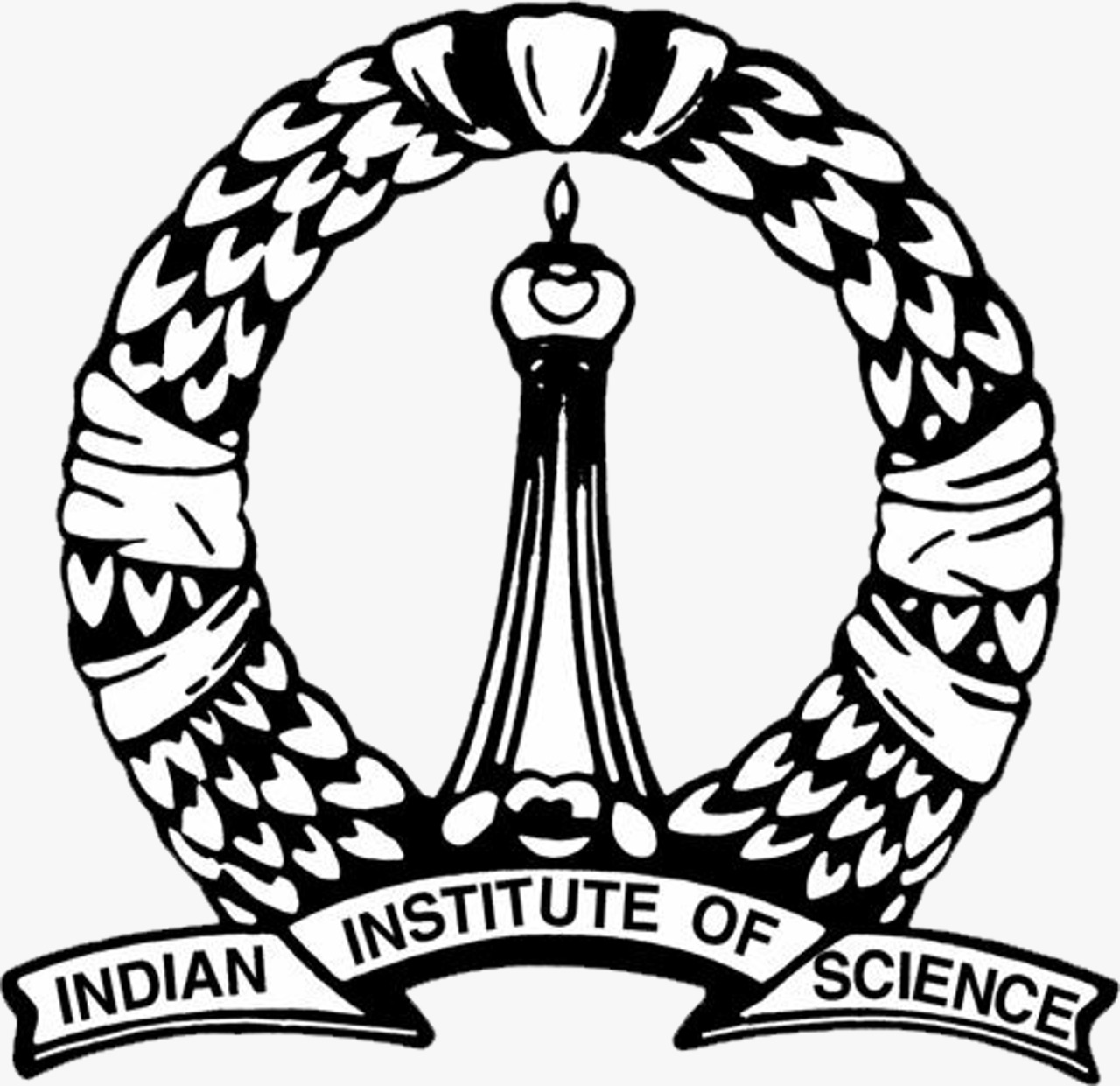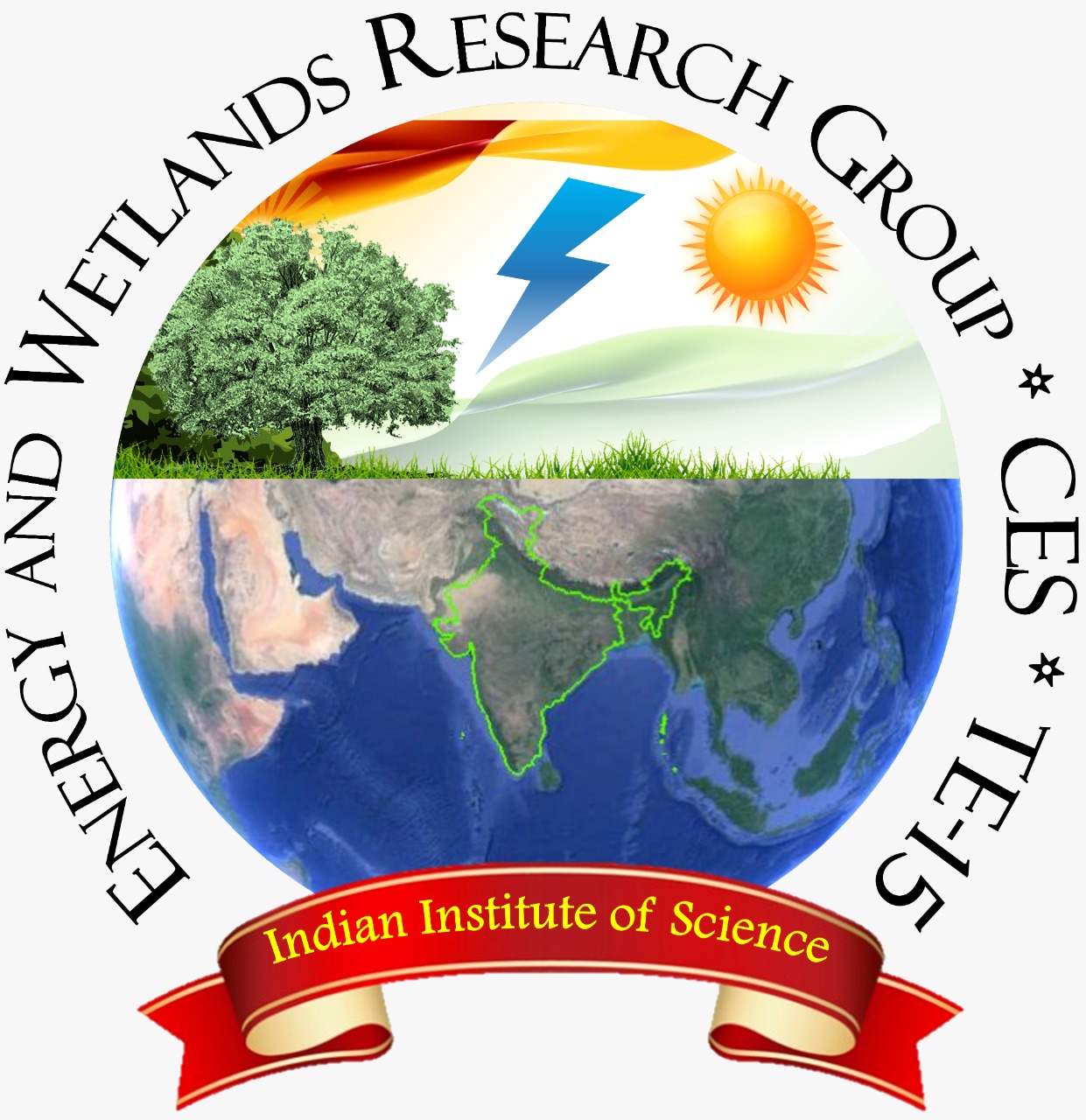|
Introduction
Humans have been using plant parts as a phytomedicine for thousands of years in the past. Plants have bioactive constituents as primary and secondary compounds. Secondary metabolites are both chemically and taxonomically different compounds, and are being used in many areas like human therapy, agriculture, scientific research, veterinary applications and many other areas. According to the World Health Organization (WHO) nearly 80% of the people in developed countries use allopathic medicines derived from medicinal plants (Pawar et al, 2015). Different parts of the plants, such as roots, stems, leaves, flowers, fruits or seeds are rich in phytochemicals and also the outer layer of plant tissue that consists of pigmented molecules (Saxena et al, 2013). The accumulation of bioactive phytochemicals in the plant tissue constitutes primary and secondary metabolites, contributing to pharmacological potential of medicinally important plants. Primary metabolites are essentially organic compounds such as glucose, starch, polysaccharide, protein, lipids and nucleic acid, which aid in the growth and development in humans, while secondary metabolites are pharmacologically active compounds such as alkaloids, flavonoids, saponins, terpenoids, steroids, glycosides, tannins, volatile oils etc., which play an important role in curing diseases (Egamberdieva et al, 2016; Shakya, 2016). Secondary plant metabolites are classified based on their chemical structure (sugar), biosynthetic pathways (tannins) chemical composition (nitrogen), or their solubility in various solvents. Figure 1(a) shows the bioactive ingredients of plants in general. Phytochemical composition of secondary metabolites includes the following: - Alkaloids: These are generally present in higher plants (in whole plant or certain organs), particularly in dicots, but usually minimal in lower plants. Alkaloids are derivates of amino acids with one or more carbon rings (for example nitrogen). The position of nitrogen atom in the carbon ring determines alkaloids (Egamberdieva et al, 2016). Therapeutically alkaloids are antispasmodic, immunoregulative, cerebro-
protective, anti-mutagenic, vaso-relaxing, antioxidant, antimalarial, analgesic, and diuretic (Bribi, 2018). - Terpenes: These are hydrocarbons in which terpenoids are either altered chemically or denatured by oxidation. Modified terpenes with either removal or moving of methyl groups or addition of oxygen atoms constitute terpenoids. Terpenoids are therapeutically antiviral, anthelmintic, antibacterial, anticancer, inhibition of cholesterol synthesis, antimalarial, anti-inflammatory, etc.
Figure 1(a). Bioactive constituents of plants - Glycosides: These are known for their antifungal and antibacterial properties, corticoid and anti-inflammatory effects. They constitute two molecules of (i) sugar which is primarily D-glucose, and Lrhamnose, L-fructose, etc., (ii) aglycone composed of flavonoid or a terpene. Aglycones are part of cardiac glycosides which are found in a number of plants and are highly toxic. Aglycones of cardiac glycosides can be categorized as (a) cardenolides and (ii) bufadienolides.
- Flavonoids with varying phenolic structures contribute to antioxidant, anti-allergic, antibacterial anti-microbial, anticancer, cardioprotective, antihypertensive, antiulcerogenic, antidiabetic properties among others. Based on the position of the
benzenoid substituent such as flavone (2-position) and isoflavone (3- position), flavonoids are divided into two classes. - Saponins are chemically classified as glycosylated steroids, triterpenoids, and steroid alkaloids, which are present widely in monocots, and less frequent in dicots. The therapeutic values of saponins are anti-inflammatory, antiviral, plant defense activities, haemolytic activity (Maurya et al, 2008; Chopra and Doiphode, 2002; Saxena et al, 2013; Clement et al, 2014). An agylone is the residual compound of the glycosyl group with the replacement of a glycoside by hydrogen atom. Derivatives of steroid aglycones are spirostan and furostan. Sapogenin (aglycone) links with the carbohydrate, consisting of one or more sugar moieties containing glucose, galactose, xylose, arabinose, rhamnose, or glucuronic acid glycosidically is the part that saponins contain.
Therapeutic values of the medicinal plants have been useful in herbal medicine for the treatment of many ailments in humans and animals. The significance of naturally occurring plants of medicinal plants continues to be the economic and therapeutic value to humankind and hence they continue to be important sources for new drug development throughout the world. The global biodiversity hotspot – the Western Ghats in India is a repository of exceptional diversity of biota (plants and animals) with immense medicinal values and only a fraction of this diversity is explored and a major fraction of plants is yet to be described taxonomically and also for phytochemical compositions. Medicinal values of plants are evident from the immunity acquired by humans in the Western Ghats for ensuring diverse plants in the daily diet and hence the region has reported lesser instances of COVID 19 among the residents of the Western Ghats. Daily food preparation with spices, turmeric (Curcuma longa), etc. has been an integral part of their diet. However, accentuated deforestation due to unplanned developmental activities is fragmenting the contiguous intact native forests and also large scale transition to monoculture species plantations of exotic species has not only altered hydrologic regime (Ramachandra et al, 2019), but also threatened the survival of ecologically fragile habitats in the Western Ghats leading to the extirpation of plants and animals of vital conservation importance. Curcuma longa consisting of various bioactive compounds is one of the most potent medicinal plants, for their value in therapeutic uses. General DescriptionCurcuma longa is a perennial erect and leafy herb; it belongs to the Zingiberaceae family, and is used widely by the traditional medical practitioners for the treatment of various ailments. Turmeric is a product of Curcuma longa, and the yellow powder (curcumin) extracted from rhizome is used for medicinal purposes and also in religious practices. The genus name Curcuma which was included dates back to the ancient Indian “kunkumam”(saffron)” or turmeric from middle India. The yellow saffron of rhizomes -long roots of this plant- grow like fingers slanting downwards. Dried Curcuma longa is the source of the spice turmeric used widely in curry powder and condiments. Turmeric and other members of the Zingiberaceae are sterile plants and reproduce by asexual clonal propagation of the rhizomes. The genus Curcuma includes various other essential economically important species, including. C angustifolia (wild arrowroot, narrow-leaved turmeric), C.amada (mango ginger), C. zedoaria (zedoary) and C. aromatica (Cochin turmeric, wild turmeric). | images | Leaves | Flower | Rhizome |
(2a). Morphology of Curcuma longa (Source: Pandey N.K., Santhosha G.R. 2017) | images | Fresh rhizome | Powder from dry rhizome |
(2b). Fresh turmeric rhizome and powder from dried rhizome Figure 2. Curcuma longa
|







